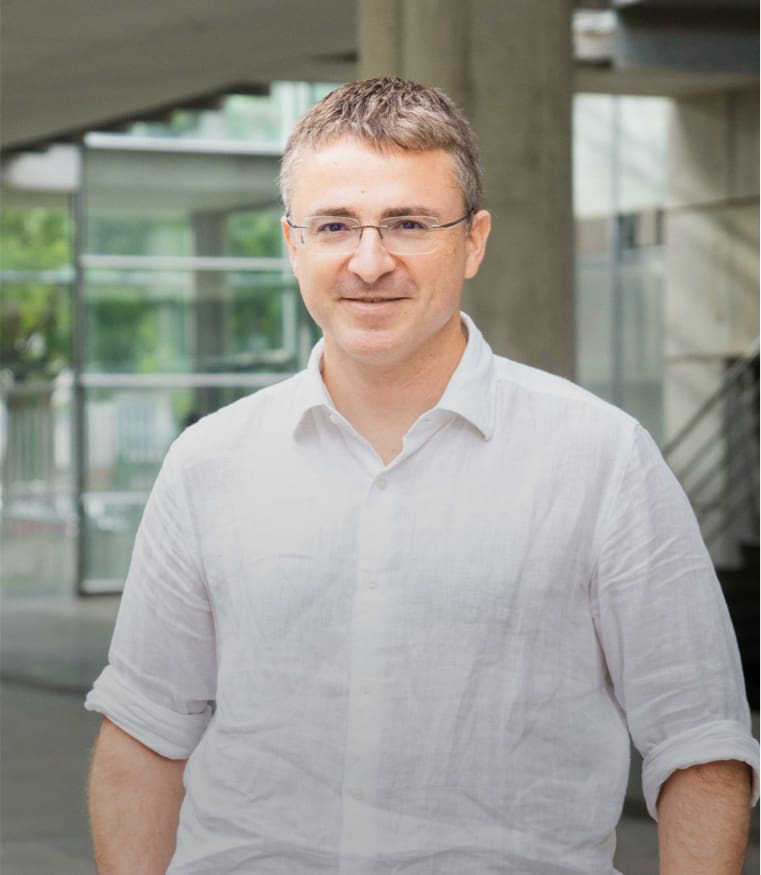Enantioselective Deaminative Alkylation of Amino Acid Derivatives with Unactivated Olefins
Herein, we report the first Ni-catalyzed enantioselective deaminative alkylation of amino acid and peptide derivatives with unactivated olefins. Key for success was the discovery of a new sterically encumbered bis(oxazoline) ligand backbone, thus offering a de novo technology for accessing enantioenriched sp3–sp3 linkages via sp3 C–N functionalization. Our protocol is distinguished by its broad scope and generality across a wide number of counterparts, even in the context of late-stage functionalization. In addition, an enantioselective deaminative remote hydroalkylation reaction of unactivated internal olefins is within reach, thus providing a useful entry point for forging enantioenriched sp3–sp3 centers at remote sp3 C–H sites.

Sun, S. Z.; Cai, Y. M.; Zhang, D. L.; Wang, J. B.; Yao, H. Q.; Rui, X. Y.; Martin, R.; Shang, M.
J. Am. Chem. Soc. 2022, 144 (3), 1130–1137
DOI:
10.1021/jacs.1c12350
Observations
*Among the most read article in February 2022

Let's create a brighter future
Join our team to work with renowned researchers, tackle groundbreaking
projects and contribute to meaningful scientific advancements




















